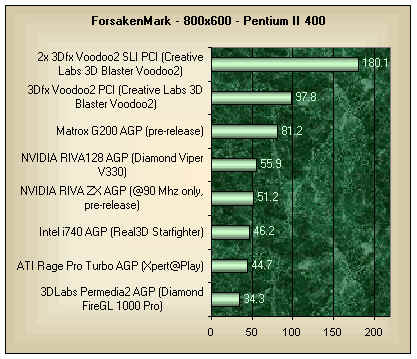DegustatoR
Legend



ASUS Radeon RX 7900 XTX TUF OC Review - Amazing Overclocking
The ASUS Radeon RX 7900 XTX offers fantastic overclocking potential. Thanks to a triple 8-pin power input, the XTX is no longer power-limited, and the amazing quad-slot cooler ensures the card stays cool and quiet at all times. After manual overclocking, the performance uplift to RTX 4080 was an...
That's a nice OC here on Asus TUF.
Last edited:


